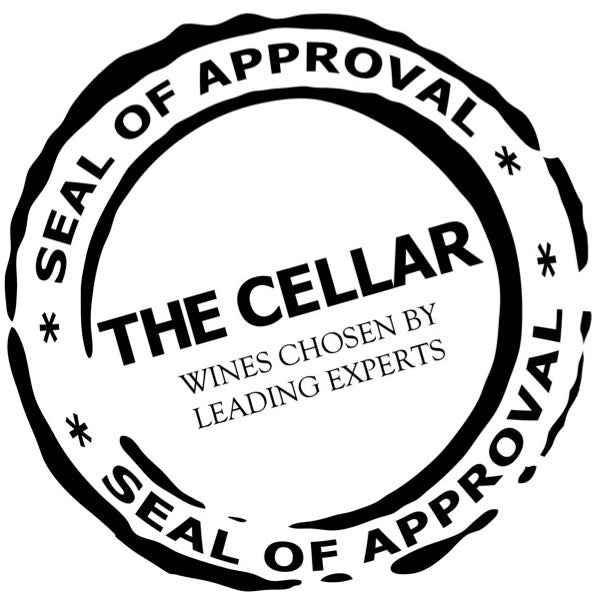Tequila
Tequila is a fantastic spirit completely unique to Mexico - in that regard, alone, it is highly unique and prized.
There are three main regulations that Tequila much check off before being able to be bottled up as 'Tequila'. 1) it must be a spirit distilled from blue agave, 2) it must only be produced within 5 demarcated regions in Mexico, and 3) it must be distilled at least twice.
Blue agave is a particular agave plant highly prized for its starch content and aromaticness. Tequila must be made from at least 51% agave, the rest can be from other agave strains (see Mezcal) or simply from sugar cane. Whereas many top Tequila producers will quote 'blue agave' on their label - these Tequilas must be made from 100% blue agave.
The five regions in which Tequila can be produced in are: Jalisco, Guanajuato, Michoacan, Nayarit and Tamaulipas. Though, 99% of all Tequila is produced solely in the region of Jalisco.
The blue agave plants used in the making of Tequila are one of over 200 varieties of agave in Mexico. They are used for their high starch content and sheer size. Each agave plant takes at least eight years to grow into the mature state needed to be able to produce Tequila from it. It is for this reason that Tequila is allowed to be a mix of agave spirit and a sugar-cane spirit, as pure agave spirits simply would take too long to produce a vast enough quantity for the global supply. For this reason alone, blue agave (pure agave Tequila) and Mezcals are so prized.
Harvesting of the agave is a true sight to see. The large cactus-like plants are cut down at their base. The Jimadors (Spanish name for the harvesters) then cut the leaves back until they reach the starchy core, or 'pina'. These pina are then collected and brought back to the distillery. The pina are steam cooked to both soften them and to convert the starches into a fermentable sugar. Once the steaming is complete, the cooked pina are cooled right down. They are then transferred to a large pit where they are crushed by a 'tahona' - a large stone wheel that is dragged around in circles by a donkey or tractor. The crushing of the pina is important as it creates the sugary liquid (the 'agua miel') which is fermented.
The fermentation process is fairly quick taking no more than two weeks to complete. The resulting liquid, post ferment, is called the 'mosto muerto'. The 'most muerto' is then distilled in large pot stills at least twice. After distillation, the Tequila can then be bottled up as a silver or rested/aged. Resting is legally defined as 'two months ageing in large American oak barrels'. The classifications of Tequila are as follows:
| Silver/White | Bottled straight away with no resting or ageing |
| Gold/Joven | A silver Tequila which has been coloured with caramel to give a light strawy colour |
| Reposado | Aged in small-large American oak casks for at least 60 days. Caramel may be added to give a stronger golden colour |
| Anejo | Aged in small American oak casks for at least one year. No cararmel colouring permitted |
|
Muy Anejo/ Extra Anejo |
Aged in small American oak casks for at least three years. No caramel colouring permitted |
